
Lee Iococca ChryslerCEO 64y
"We’ve got to pause and ask ourselves: how much clean air do we really need."
One study found that 50,000 U.S. deaths can be attributed to roadway pollution, while another estimates over 200,000. Livestock are also a strong contributor to air pollution, contributing to over 12,000 deaths each year, more than even coal power plants. (link) I’ll touch on just a few of the specific gases below, but you can see a larger list here.

Children, sadly, are at the highest risk because their lungs are still developing, which contributes to a host of breathing problems later in life.
People living closer to high traffic areas are found to have poor concentration, and less reliable memory recall then those who grow up breathing cleaner air. (link) This may be connected to studies showing that people who breathe in more of this pollution tend to have brains that ‘age faster.’ (link) (link)
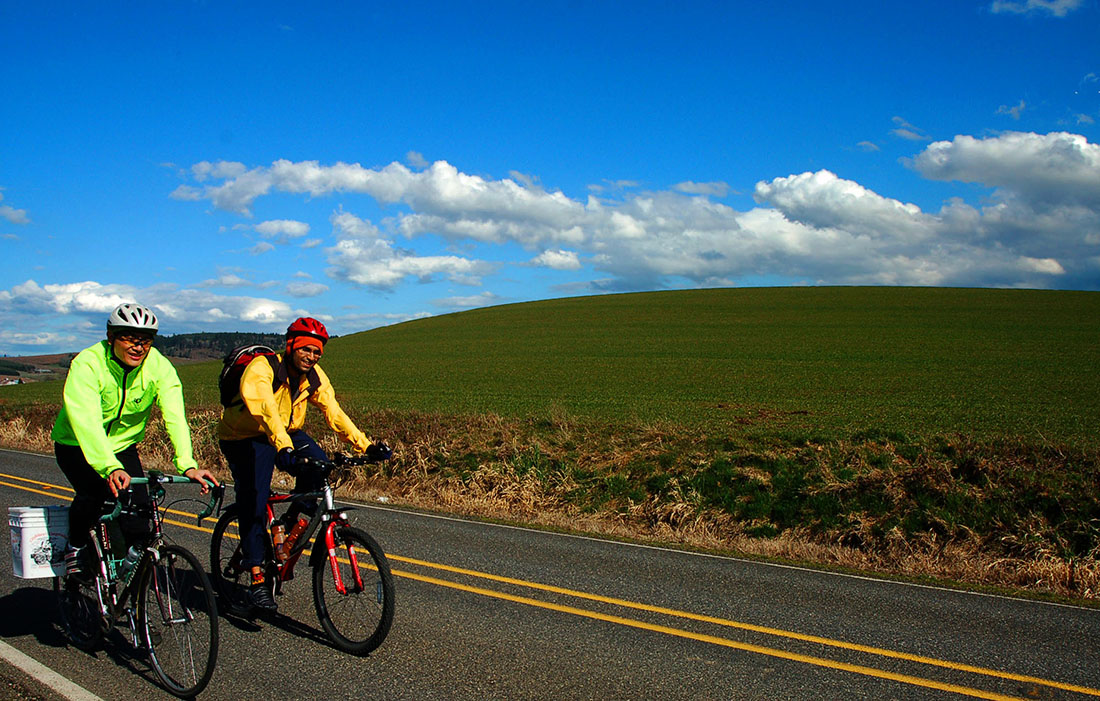
Imagine a world that we’re all able to create, where everyone’s children can run outside and play in the fresh air like folks in Switzerland and Canada are able to enjoy today. (link)
It’s not only good for our health, but the savings from prevented hospital visits can save everyone, time, money, and productivity. What kind of effects can we avoid?
Read on to learn all about it.
This colourless and odourless gas released when burning fossil fuels and interrupts our lungs’ ability to deliver oxygen to our body.
It’s produced whenever fuels such as wood or oil are burned. When there's not good ventilation or when the number of cars becomes overwhelming, fumes can build up to toxic levels. (link)
While it rarely kills right away, lower levels can build up over time and cause serious health problems down the road. (link) (link)
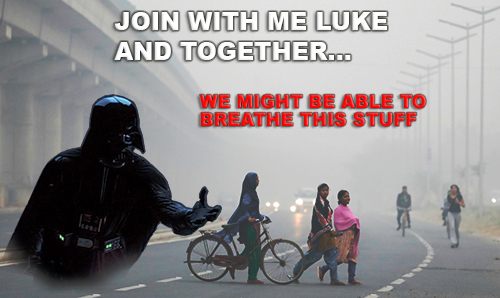
Not many people are familiar with Benzene, which is a toxic element found in gas fumes and 2nd hand smoke. (link)
It's a known carcinogen which can irritate the skin and eyes. In higher concentrations it can cause leukemia and other brain diseases.
Samples show that it’s found at higher levels inside of a car then in samples taken elsewhere in a neighbourhood. (link) Though heavily diluted in lubricating oil, benzene is sometimes added to gasoline as an anti-knocking solution. (link)
This is why the highest levels are due to gasoline vehicles, with smaller amounts found at gas stations and refineries.
Hydrogen Sulfide is caused by the huge population of cows and other livestock being raised the world over. It’s mainly produced when animal waste is concentrated in giant waste lagoons that factory farms use.
Hydrogen sulfide is toxic even at low levels, and causes damage to the nervous system and lungs. (link) The gas is mainly concentrated at the source, but elevated levels have been found along the homes of people living downwind from factory farms (link) with neighbors suffering breathing problems. (link)
If you grew up in a dense city (like I did) you learned early about smog alerts. Ozone which helps make up smog, is considered the most widespread pollutant in cities.
It’s created by traffic, power plants, and industry (but mostly by the first one). Breathing high amounts causes a wide range of health problems for vulnerable people like children and people who are already sick. (link) Researchers have estimated that over a million deaths worldwide can be linked to ozone pollution. (link)

According to the American Lung Association, nearly half of the U.S. population (147 million people) live in counties with unhealthy air. (link)
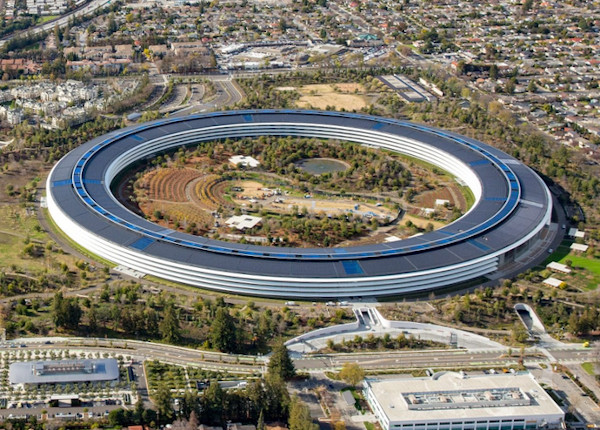
It's estimated that reducing ground level ozone by 10 parts-per-billion could prevent 1,700-5,000 premature deaths each year as well as reducing childhood asthma. (link)
In fact when Stockholm introduced congestion pricing (charging people to drive into the city) new asthma cases were cut in half. (link)
I thought I was pretty cool until I realized that plants can eat sunlight and poop out clean air.

It’s easy to confuse Nitrogen Dioxide with Nitrous oxide. However ‘nitro’ doesn't attack the lungs like it's counterpart.
Nitrogen Dioxide, on the other hand, causes severe harm to the lungs of vulnerable people. (link)
Caused mainly by burning gasoline, this colourless gas is more dangerous than anything found in cigarette smoke. Even worse, it can bond with other elements to form particulate matter (see below).
What makes this element so scary is that the numbers for how much pollution is being produced by the world’s cars is wildly understated. (link)
The news around Volkswagen’s pollution rigging has only shined the spotlight on a long running deception. Nitrogen Dioxide is responsible for a staggering number of deaths throughout Europe, 14,000 in the United Kingdom and 1.2 million in China.
Particulate matter (PM) is microscopic pollution produced by all kinds of sources. What is unique about this pollution is that it’s so small that it can slip past the body’s defenses and cause damage to the lungs and other organs.
Recent evidence suggests that it’s responsible for 8 million deaths per year. This pollution isn't limited to combustion either, as it can be produced in nearly equal amounts by electric cars or gas powered ones. (link)
This is because most particulate matter isn’t only released by the exhaust pipe. It also comes from sources like tire and road wear. A study by Emissions Analytics found that tire wear can produce 1000 times as much pollution as exhaust emissions, even from EVs. (link) Since EVs are heavier than gas cars, they cause more tire wear which eliminates the advantage of having no tailpipe. (link)
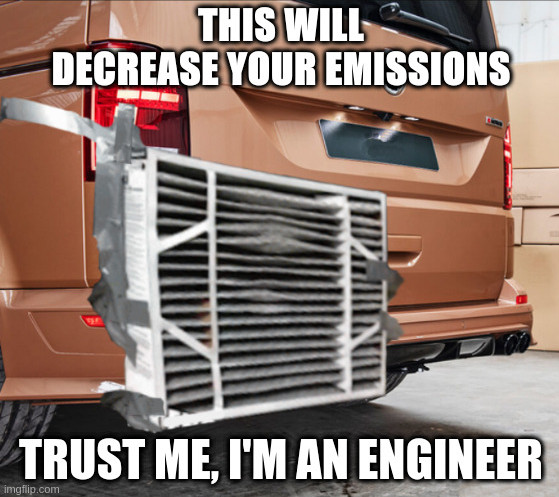
As the amount of small particles in the air rises, even from low levels, there is a direct connection to damage of the lungs, heart and circulation. Many people exposed suffer from heart damage and lung cancer. (link)
For others, symptoms for existing diseases like bronchitis and asthma become dangerously severe. Road traffic has such a terribly large contribution to pollution, so much that it’s estimated to be more dangerous than car crashes. (link) (link) Not surprisingly, [poor] people living in areas with high concentrations of particulate matter experience the greatest harm. (link) (link)
The risk from these pollutants caused France to create tough laws limiting the number of cars entering Paris and more recently has come a push for a stronger bike network in hopes of reducing the damage.
Recent studies have also found high levels of particulate matter coming from livestock operations. The emissions are so harmful that they contribute to thousands of deaths among people living downwind of these facilities. (link)
"We estimate... that 80% of the 15,900 annual deaths that result from food-related fine particulate matter (PM2.5) pollution are attributable to animal-based foods."
Air quality–related health damages of food
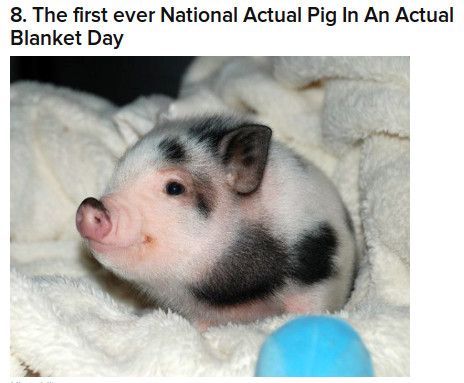
Ammonia is among the most dangerous airborne threats produced by companies raising animals for food.
Animal operations are responsible for 75% of all agricultural ammonia in the European Union (link).
It’s found to be enormously harmful not only because of it's impact on peoples' lungs. (link) It also causes health problems in nearby residents and surrounding vegetation. The largest source of ammonia pollution into the air is from companies breeding chickens and pigs.
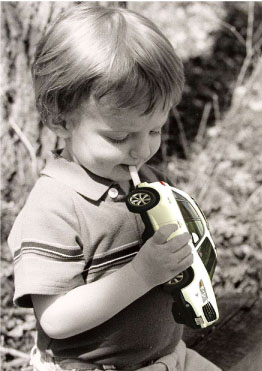
According to the CDC, “All cigarettes are harmful, and ALL exposure to tobacco smoke causes some damage within the body. There is no safe level of exposure.” (link)
What many people don’t learn, is that most of the same chemicals from second-hand smoke are also given off by cars and animal pens.
According to The National Cancer Institute, there are at least 69 cancer-causing gases in cigarette smoke. Of the most harmful elements, eight of the 12 chemicals listed are also found either in car exhaust or near livestock farms. This ties in perfectly with research proving that car companies have been using the same deceptive tactics to hold onto customers as cigarette companies did in the 20th century. chickens and pigs.
| Toxic Chemicals in the Air | |||
| Chemical | Found In.. | Risk | Source |
| Arsenic | Ag. Pesticides | med. | Link |
| Benzene | car exhaust | high | Link |
| Butadiene | car exhaust | high | Link |
| Cadmium | animal feed | med. | Link |
| refineries /exhaust | med. | Link | |
| Ethyl oxide | exhaust /antifreeze | low | Link |
| Vinyl | upholstery | low | Link |
| Benzoapyrene | car exhaust | med. | Link |
| Tuluene | gasoline | high | Link |
| See the full list here | |||
| Toxic Chemicals in the Air | Chemical | Found In.. | Risk | Source |
| Arsenic | Ag. Pesticides | med. | Link |
| Benzene | car exhaust | high | Link |
| Butadiene | car exhaust | high | Link |
| Cadmium | animal feed | med. | Link | refineries /exhaust | med. | Link |
| Ethyl oxide | exhaust /antifreeze | low | Link |
| Vinyl | upholstery | low | Link |
| Benzoapyrene | car exhaust | med. | Link |
| Tuluene | gasoline | high | Link |
| See the full list here | |||
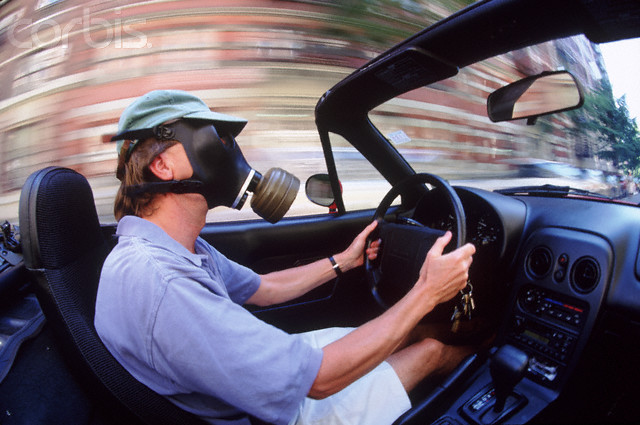
I've actually heard people use pollution to justify the use of their automobile as protection from the noise as well as the smell of traffic, believing that the car’s shell will keep them safe.
But are you actually breathing easy inside a metal cabin?
Actually, the environment inside of a car can be more harmful then the sidewalk (depending on which pollutant you're looking at). Sadly too, the most vulnerable (such a children) are exposed to very high levels of toxic gases which can cause lifelong damage. (link) (link) Data from several studies show that the high concentration of pollutants, especially when starting an engine and idling does extensive harm to the body. (link) However if you’re driving an electric car, the interior air can be better. (link)

"The public health message is, you can’t hide from air pollution inside a car."
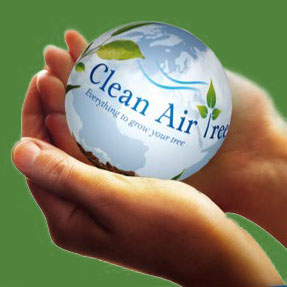
I'm sharing all this with you to drive home the point that there are more issues facing us than global warming alone.
Are the effects of greenhouse gases more important than the pollution in our cities? To those who deal with asthma and bronchitis, they both are hugely important.
What I encourage you to take away from this essay, is that making choices which cause less impact is a benefit for everyone. Not just you yourself, but your children, your parents, your friends, your partner... everyone wins with less pollution and healthier lifestyles. This is what makes me feel great about enjoying both a car-free lifestyle and vegan food.